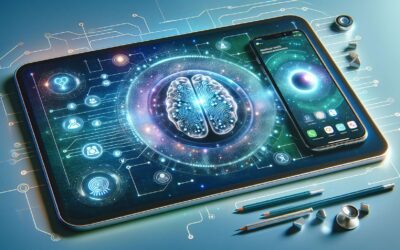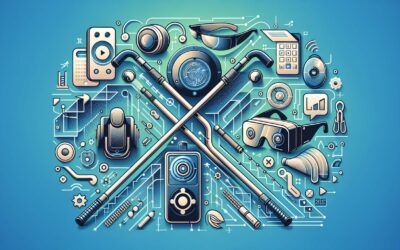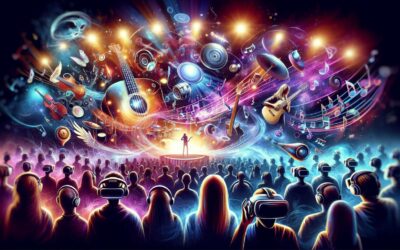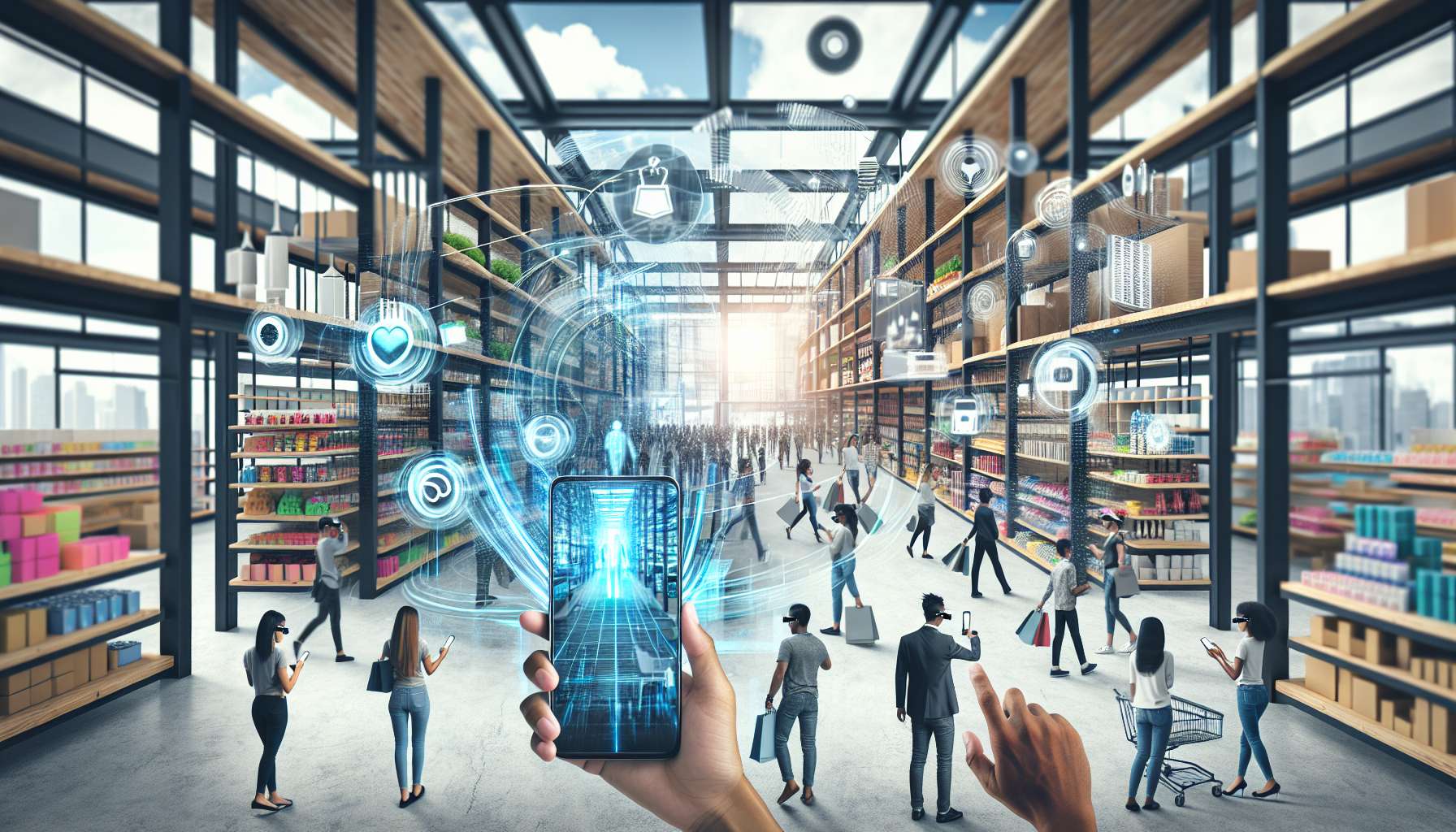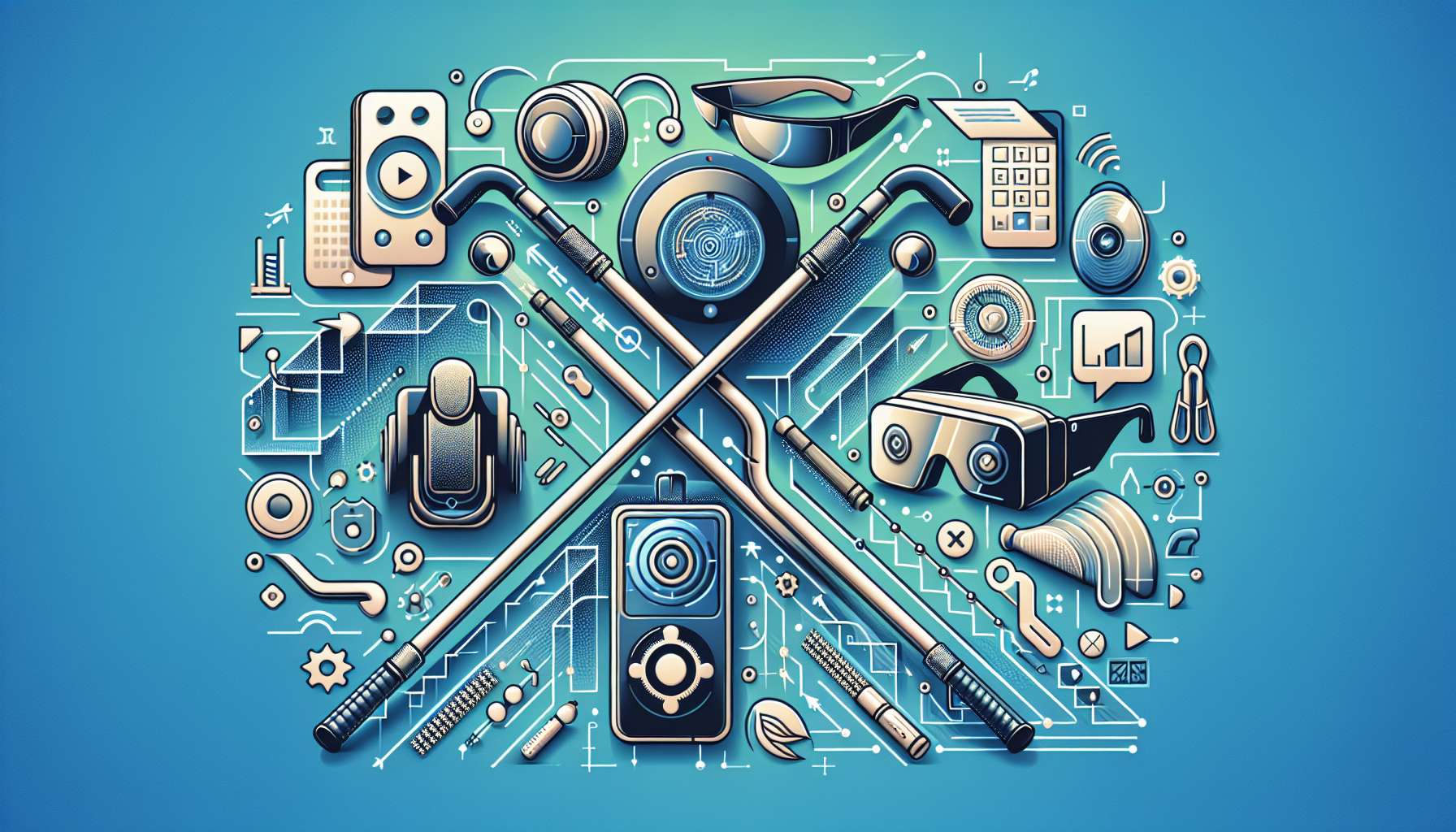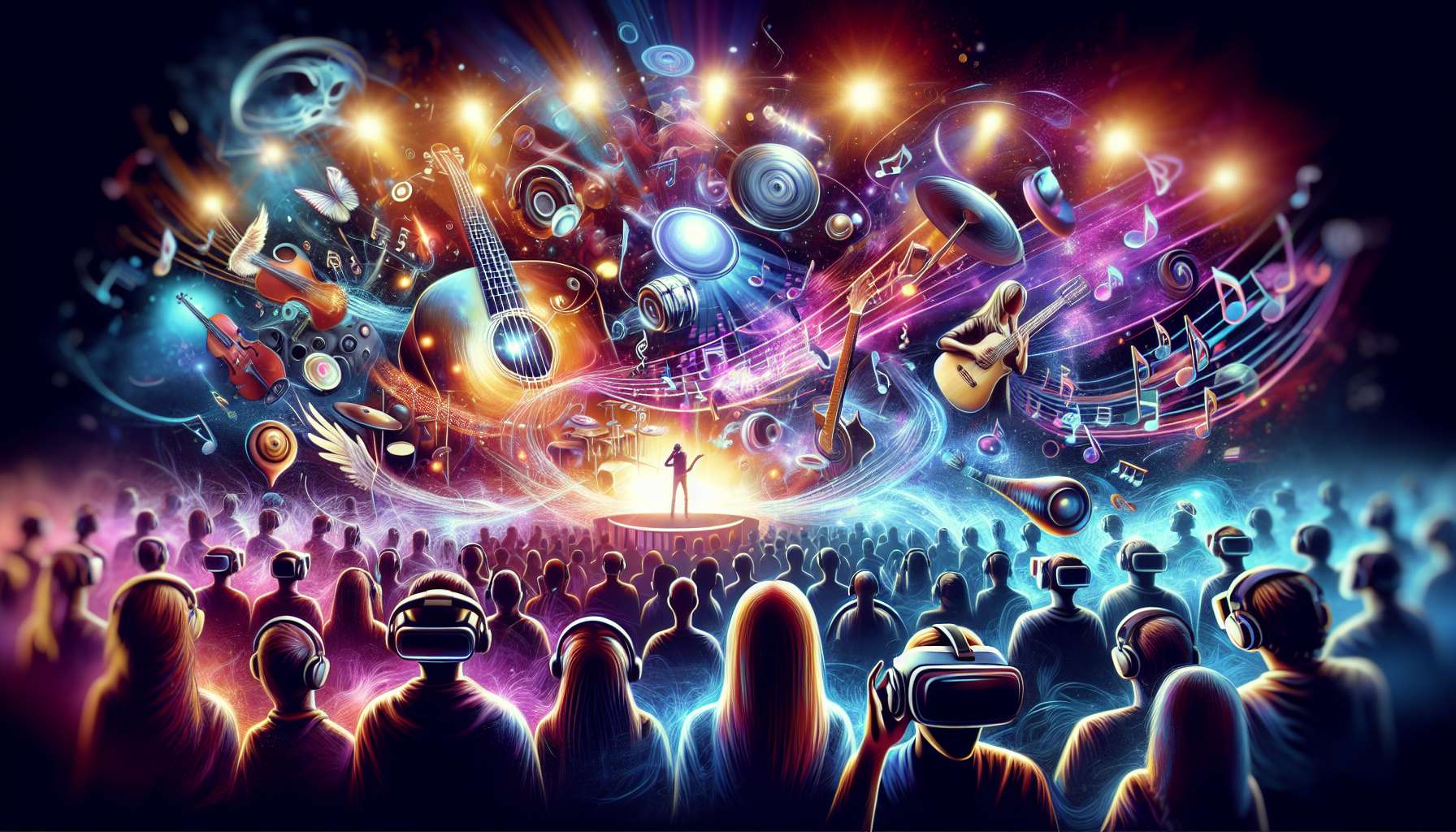Augmented reality (AR) is revolutionizing the way we shop, offering a unique and immersive experience that is changing the retail landscape. With AR technology, consumers can now visualize products in their own space before making a purchase, enhancing the traditional shopping experience.
One of the key advantages of AR in shopping is the ability to try before you buy. By using AR applications on their smartphones or AR glasses, shoppers can see how furniture would look in their living room, how clothes would fit on their body, or how makeup would appear on their face. This not only increases confidence in purchasing decisions but also reduces the likelihood of returns, benefiting both consumers and retailers.
Furthermore, AR shopping experiences are highly interactive and engaging. Retailers can create virtual fitting rooms where customers can try on clothes without physically changing, or showcase products in a 3D environment for a more detailed view. This level of interactivity not only attracts customers but also keeps them engaged, leading to increased time spent on the retailer’s platform and potentially higher sales.
In addition to enhancing the customer experience, AR technology also provides valuable data and insights for retailers. By analyzing how customers interact with AR features, retailers can gain a better understanding of consumer preferences and behavior, allowing them to tailor their offerings and marketing strategies accordingly.
The adoption of AR in shopping is steadily growing, with more retailers incorporating AR features into their online and in-store experiences. From furniture stores allowing customers to see how a couch would look in their home to beauty brands offering virtual makeup try-ons, the possibilities with AR in retail are endless.
In conclusion, augmented reality is transforming the retail landscape by offering immersive, interactive, and personalized shopping experiences. As technology continues to advance, we can expect AR to play an even larger role in the future of retail, blurring the lines between the physical and digital worlds.

